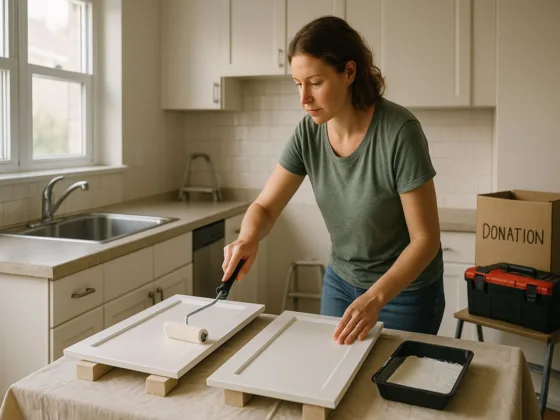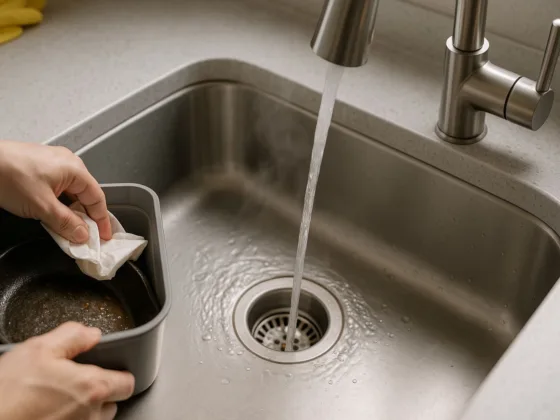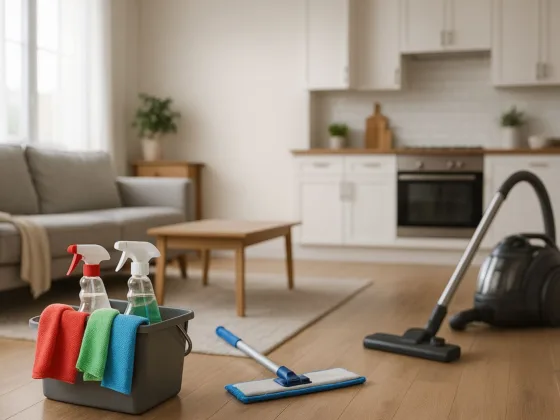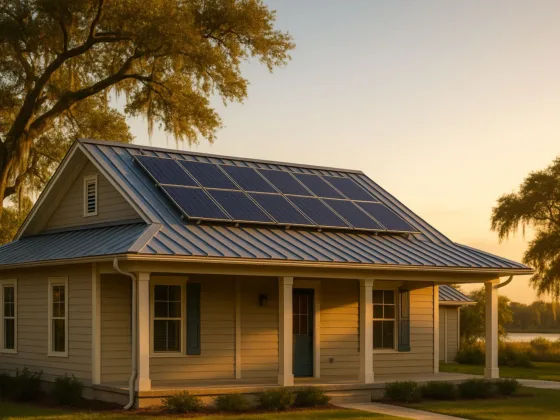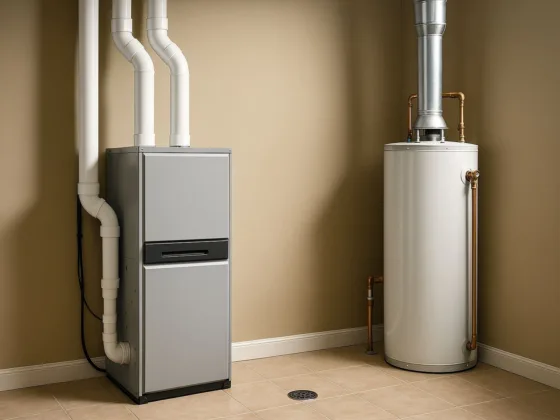Table of Contents Show
Many people wouldn’t quite know what to do without indoor plumbing. It’s all most people know at this point. Though a handful may still remember the days before plumbing became common in homes, there’s little denying that none of them would go back to carrying buckets of water from a well to their homes and visiting the outhouse when the need arose.
Thanks to the miracle of modern plumbing, we don’t have to worry about any of the extra work and frustration people experienced before this level of engineering came into play.
Still, today’s plumbing systems aren’t infallible. They can certainly malfunction at times, potentially leaving us backsliding into the early years of the last century. Fortunately, there are experienced plumbers available to halt that descent into darkness and get our plumbing back in working order.
Looking at Common Plumbing Problems and How to Avoid Them
Any number of things can go wrong with plumbing systems these days. The more complicated they are, the more potential problems you’ll face. Having numerous people in your household and a variety of appliances and fixtures connected to the system further ramps up the possibility of dealing with issues at times. Still, the following problems are among the most common.
Running Toilets
Running toilets are one of the most common plumbing problems in homes. When you flush the toilet, you expect to hear it refilling for a few moments before shutting off until the next flush.
If your toilet runs on its own intermittently or never stops running at all, you’ll end up listening to that telltale sound indefinitely. Aside from the annoying sound, a toilet that runs when it shouldn’t can be costly. In fact, a single running toilet can waste 200 gallons of water per day if not more.
How Toilets Work
Before we discuss the main reasons why toilets run, let’s take a closer look at how they work.
When you press the flush handle, it causes the flapper inside the toilet tank to lift. That allows water in the bowl to flow out of your house while also letting water in the tank run into the bowl.
Along the way, the fill valve drops down and allows clean water to refill the tank for the next flush. Once the tank empties, the flapper drops down to stop the flow of water into the bowl while the fill valve slowly creeps upward and eventually shuts off to stop water from entering the tank.
Common Causes of Running Toilets
Generally speaking, one of two problems is usually responsible for causing a toilet to run when it shouldn’t:
- Worn-out flapper: When it gets worn out, it may not provide an adequate seal to stop water from draining into the bowl. At the same time, if a toilet isn’t fitted with the right flapper, it won’t do its job properly.
- Faulty fill valve: If the fill valve is damaged, it may stick when you flush and never actually allow the tank to fill up. On the other hand, it may not stay in place after allowing the tank to fill, leading to a constant cycle of dropping and rising water levels.
Those aren’t the only issues that can cause a toilet to run incessantly, but they’re some of the most common ones. Replacing either one should solve your problem. If not, there might be more complex issues at play here that require further investigation.
Leaky Faucets
Leaky faucets are also highly common. They can cost you quite a bit on your monthly water bills as well. Reports show that a faucet leaking a single drop per second can waste up to 3,000 gallons of water per year.
In addition to wasting water, leaks can take a toll on your sinks and bathtubs as well as your pipes and the internal components of the faucets. They tend to get worse over time as well, so the longer you ignore them, the more damage they’ll cause, and the more water they’ll waste.
Causes of Leaky Faucets
Leaks like these are usually caused by faulty gaskets inside the offending faucet. These gaskets, or O-rings, are designed to stop water from flowing through faucets when they’re turned off.
If they’re worn or damaged, they won’t seal properly, so a small amount of water will seep around them even when the faucet is off. The more damage or wear there is, the more water will flow through.
Preventing and Fixing Leaky Faucets
There’s no way to completely prevent this gradual wear, but having the seals replaced the moment you notice a slow drip is the key to minimizing residual damage and wasted water.
Clogged Drains
Clogged drains in sinks and bathtubs are also routine occurrences. Though you can’t always keep the components in the plumbing system and the fixtures and appliances connected to it from wearing out over time, most drain clogs are preventable.
Keeping them at bay is a matter of avoiding sending certain blockage-causing items and substances down the drains.
Kitchen Sink Clogs
In kitchen sinks, food and grease are the most common reasons for clogs. Try to reserve food scraps for the garbage disposal, even if they seem small enough to go down the sink drain. They can easily get caught in the drain pipes where they’ll build up over time. Don’t pour grease down the drain, either. It tends to solidify, which can cause the sink drain to back up.
Bathroom Sink and Shower Clogs
In bathrooms, hair is the usual suspect. Consider brushing your hair away from the sink when possible to keep excess strands from making their way into the drain. You can also place hair traps in your sink and shower drains.
They’ll catch hair while allowing water to pass through. You can simply pull out the traps and clean them from time to time, which is much easier than eliminating a clog that’s lodged deep in a pipe.
Keeping Your Plumbing System in Optimal Condition
Those are some of the common plumbing issues people face, but they’re not the only ones by any means. From malfunctioning water heaters and sewer backups to burst pipes and low water pressure, you could experience any number of problems. Some can be avoided while others are matters of normal wear and tear.
You can fix some of them on your own with simple, minimally invasive measures, but others require the skills and experience of highly trained plumbers. Preventative measures, routine maintenance, and prompt repairs are the keys to keeping your plumbing system in optimal condition.
FAQs
Some of the most common plumbing issues include running toilets, leaky faucets, and clogged drains. Other problems can involve malfunctioning water heaters, sewer backups, burst pipes, and low water pressure.
A running toilet is often caused by a worn-out flapper or a faulty fill valve. To fix it, you can replace the faulty flapper or fill valve.If those solutions don’t work, there might be more complex issues at play, and you may need to call a plumber.
A leaky faucet that drips just once per second can waste up to 3,000 gallons of water per year. It’s important to address leaks promptly to avoid wasting water and causing damage to your fixtures.
To prevent clogged drains in your kitchen, avoid sending food scraps and grease down the sink. Use a garbage disposal for food scraps and never pour grease down the drain, as it can solidify and cause blockages.
To minimize hair clogs in bathroom drains, try to brush your hair away from the sink and consider using hair traps in your sink and shower. These traps catch hair while allowing water to flow through, making it easier to clean them out regularly.
Low water pressure can result from various issues, such as clogged pipes or a malfunctioning pressure regulator. If you notice a sudden drop in water pressure, it’s best to consult a plumber to diagnose and fix the problem effectively.




